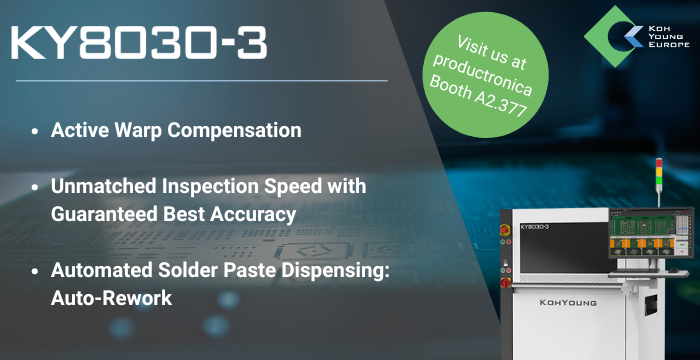Components |
Microsemi refutes researcher claims
"Microsemi can confirm that there is no designed feature that would enable the circumvention of the user security", the company announced in a statement on May 31, 2012.
The ProASIC3 FPGA (field-programmable gate array) -- a chip designed to be configured and programmed by customers according to their needs -- has no designed feature that would enable circumvention of the user security, Microsemi said Thursday in a message on its website.
ProASIC3 chips are integrated into systems used in many industries, including the military, for various applications. The chip is marketed by Microsemi as having one of the highest levels of design security on the market.
University of Cambridge Ph.D. candidate Sergei Skorobogatov and Christopher Woods, a hardware security researcher at U.K.-based research company QVL (Quo Vadis Labs), claim that they have discovered an undocumented function in the ProASIC3 FPGA that can be used by an attacker with physical access to the chip to extract the intellectual property stored on it, despite such information being encrypted with a user-defined 128-bit AES key.
As a consequence, Microsemi issued a statement last week denying that its silicon chip called ProASIC3, has a backdoor built into it. The company also states that it has not been "able to confirm or deny the researcher’s claims since they have not contacted Microsemi with the necessary technical details of the set-up nor given Microsemi access to their custom-designed equipment for independent verification".
In their answer, the 2 researcher said that the PEA technique is described in QVL's patent and is, therefore, publicly available.
In the draft version of their research paper (which was leaked online), Sergei Skorobogatov and Christopher Woods explain that they used a technique called PEA (Pipeline Emission Analysis), patented by QVL, to significantly increase the efficiency of DPA (differential power analysis) methods.
Using the new PEA technique, the AES key can be extracted from ProASCI3 chips in seconds instead of hours, and a separate user-defined passcode that protects their configuration settings can be extracted in hours instead of years, the researchers said.
In addition to successfully extracting the chip's keys, the researchers claim to have also identified a function in the device's memory that can be used to unlock and reprogram virtually any information from the chip. Access to this function was protected with a third key, which was successfully extracted in about a day by using the PEA technique, the researchers continued.
Microsemi - in their answer - stated that it is a privileged internal test facility typically reserved for initial factory testing and failure analysis. The internal test facility is disabled in all shipped devices.
"Customers have an option to program their chosen passcode to increase the security; however, Actel/Microsemi does not tell its customers that a special fuse must be programmed in order to get the backdoor protected with both the passcode and backdoor keys", the 2 researchers stated.
-----
Statement from Sergei Skorobogatov and Christopher Woods, 01 June 2012
Statement from Microsemi



